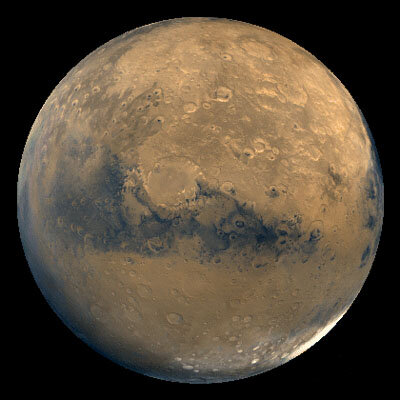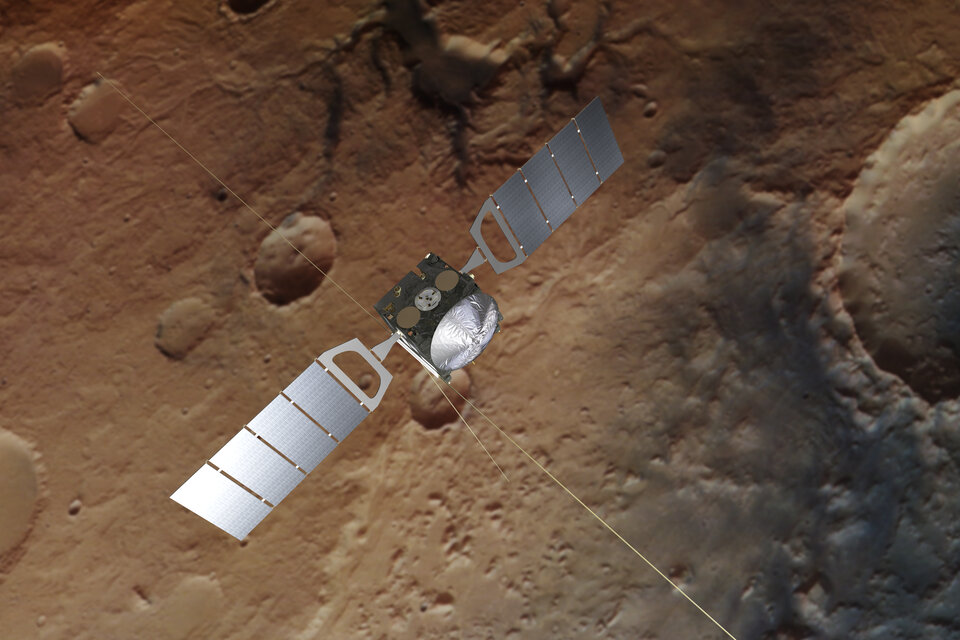The talk will explore the topic on why we are travelling to Mars, and in a more general manner why do we do space exploration. It will explain the interest of the big agencies like NASA and the European Space Agency, but also try to comprehend the interest from private companies such as SpaceX or Blue origin.
Then the presentation will focus on the travel itself to Mars, tackling subjects like trajectory and the challenge of a deep space mission, with direct impact on scientific missions or the future potential of the human quest to Mars.
The equipment required to enable communication with the spacecraft as part of the ExoMars project will be detailed. It will conclude with a state of the art in the actual planned missions to Mars and a short outline of the Artemis program.
Delphine Van Vynckt is a civil engineer who specialized in nanotechnology. She has been working in the space business for 10 years. She was responsible for the ExoMars Carrier Module of the European Space Agency to be launched to Mars. She participated from the design and development stages all the way to the testing activities. She is the co-founder of a non-profit organization to bring together students and young professionals passionate about space called beSPACE. She has performed a Martian simulation in the desert of Utah for two weeks at the Mars Desert Research Station, which is a space-analogue facility that supports Earth-based research in pursuit of the technology, operations, and science required for human space exploration. Delphine also participated in a student space program to launch SOI technology on a weather balloon.
Photo by Delphine Van Vynckt






